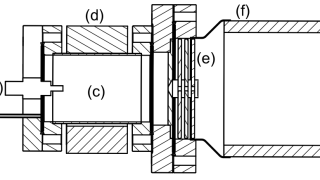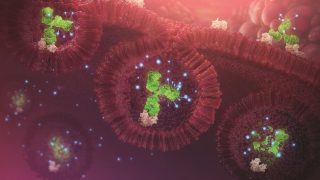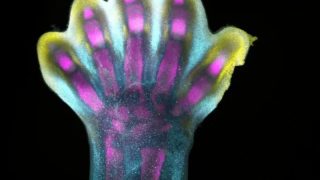
Fowl language: AI is learning to analyze chicken communications
Have you ever wondered what chickens are talking about? Chickens are quite the communicators — their clucks, squawks and purrs are not just random sounds but a complex language system. These sounds are their way of interacting with the world and expressing joy, fear and social cues to one another. Like humans, the “language” of […]








